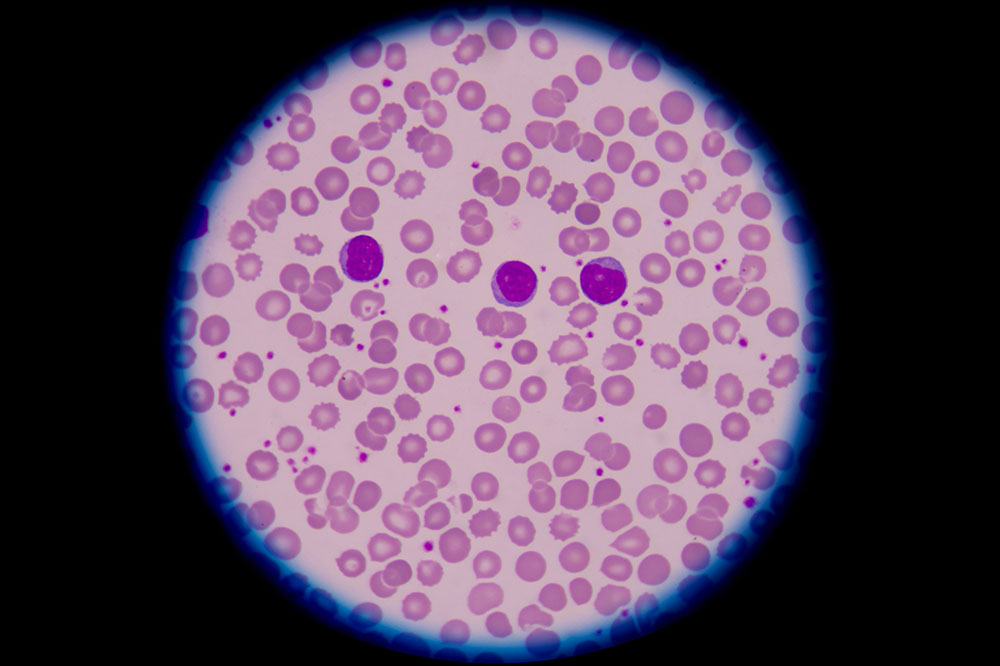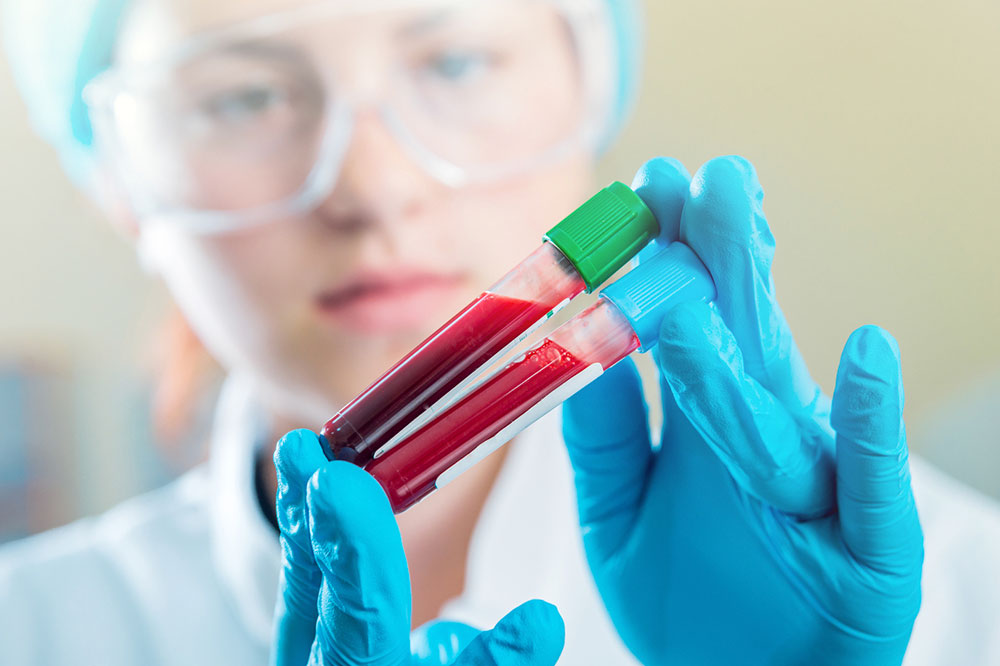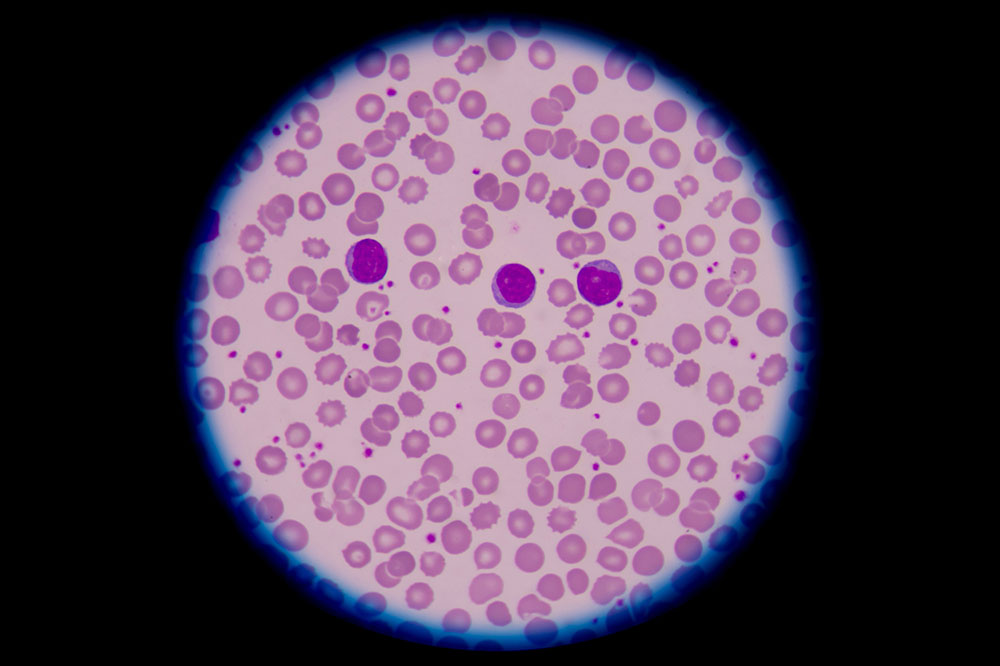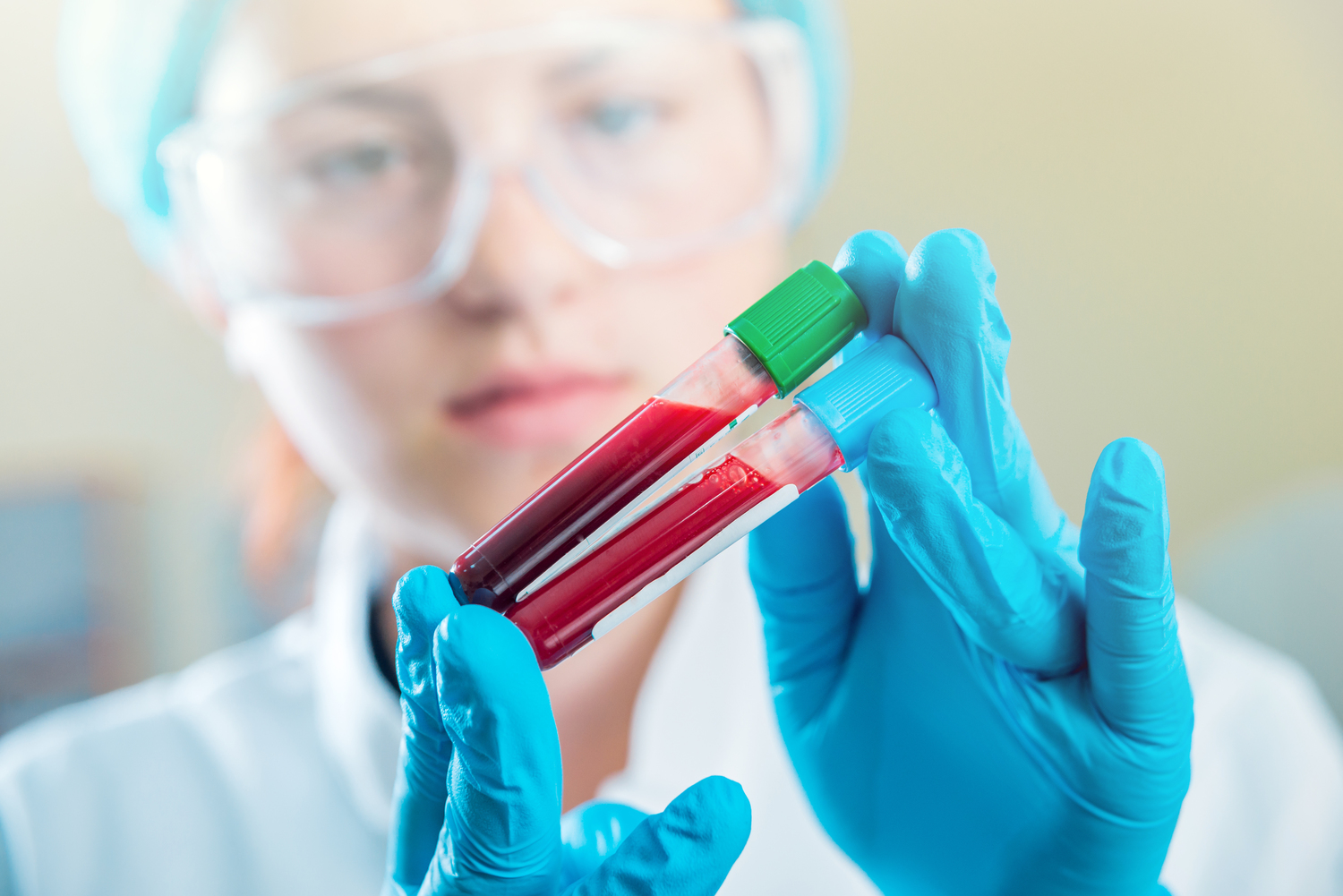Comprehensive Guide to Common Blood Disorders and Their Impacts
This comprehensive article explores common blood disorders, covering red blood cell anemias, white blood cell abnormalities, platelet disorders, and plasma cell conditions. It explains causes, symptoms, and treatments, emphasizing early detection and management to improve health outcomes. Understanding these conditions is vital for healthcare professionals and individuals alike.

Understanding Blood Disorders: Symptoms, Types, and Treatments
Blood is a vital component of human health, composed of various cells and proteins that perform essential functions such as delivering oxygen, fighting infections, and preventing bleeding. When blood components don’t function properly, it results in blood disorders—conditions that can significantly impair overall health. Early recognition, diagnosis, and management of these disorders are crucial for maintaining health and preventing severe complications. This comprehensive article delves into the most common blood conditions, their causes, symptoms, and treatment options, providing valuable insights for both healthcare professionals and general readers.
Red Blood Cell Anemias
Red blood cells (RBCs) are primarily responsible for transporting oxygen from the lungs to tissues throughout the body. Anemia describes a condition where the quantity or quality of RBCs or hemoglobin is reduced, leading to decreased oxygen delivery. Anemia is the most prevalent blood disorder worldwide, affecting people across all demographics. Its causes range from nutritional deficiencies to genetic conditions, and symptoms often include fatigue, weakness, pallor, and shortness of breath. Recognizing these signs early and understanding the types of anemia can significantly improve prognosis and quality of life.
Types of red blood cell disorders include:
Anemia
Anemia is a common condition caused by iron deficiency, vitamin deficiencies (such as B12 and folate), chronic diseases, or genetic factors. It manifests in different forms based on the underlying cause:
Iron deficiency anemia
This is the most prevalent form globally, often resulting from inadequate iron intake, poor absorption, or chronic blood loss. Common symptoms include fatigue, pale skin, and dizziness.
Pernicious anemia
This form stems from vitamin B12 deficiency, often due to autoimmune destruction of gastric cells responsible for absorption. Symptoms may include neurological issues, such as numbness and difficulty walking.
Aplastic anemia
A rare but serious condition where the bone marrow fails to produce sufficient blood cells, leading to increased risk of infections, bleeding, and fatigue.
Autoimmune hemolytic anemia
In this disorder, the immune system mistakenly destroys RBCs faster than they can be produced.
Sickle cell disease
A genetic disorder where abnormal hemoglobin causes RBCs to take on a sickle shape, leading to blockage of blood flow, pain crises, and organ damage.
Thalassemia
Thalassemia is an inherited blood disorder characterized by abnormal hemoglobin production. It results in the destruction of RBCs and anemia, often requiring regular blood transfusions. Severity varies from mild to life-threatening, mainly affecting populations in the Mediterranean, Middle East, and Southeast Asia.
Polycythemia Vera
This is a rare chronic myeloproliferative disorder in which the bone marrow produces an excessive amount of red blood cells. The resulting thickened blood hampers circulation and increases the risk of blood clots, strokes, and cardiovascular events. Diagnosis involves blood tests showing elevated hematocrit and red cell mass, and treatment may include phlebotomy, medications to reduce blood cell count, and lifestyle modifications.
White Blood Cell Disorders
White blood cells (WBCs), or leukocytes, are essential for immune defense, protecting the body from infections, viruses, and abnormal cell growth. Disruptions in their production and function can cause severe health issues, including immune suppression and blood cancers.
Lymphoma
Lymphoma is a type of blood cancer that originates in lymphocytes, a subset of WBCs. It affects the lymphatic system, which encompasses lymph nodes, spleen, and other tissues. The two main types are Hodgkin's lymphoma and non-Hodgkin's lymphoma, characterized by abnormal lymphocyte growth, swelling, and symptoms like fever, night sweats, and weight loss.
Leukemia
Leukemia involves the rampant production of abnormal leukocytes in the bone marrow. It may be classified as acute or chronic, with symptoms including fatigue, easy bruising, frequent infections, and anemia. Treatment options include chemotherapy, radiation, targeted therapy, and stem cell transplants.
Myelodysplastic Syndromes (MDS)
MDS are a group of disorders where the bone marrow produces abnormal or immature blood cells, often leading to low blood counts. MDS can evolve into leukemia if untreated, and management may involve supportive care, blood transfusions, or stem cell transplantation.
Platelet Disorders
Platelets are cell fragments vital for blood clotting and wound healing. Disorders affecting platelets can cause bleeding tendencies or excessive clotting, both of which pose significant health risks.
Von Willebrand Disease
This inherited bleeding disorder results from low levels or dysfunction of von Willebrand factor, a protein essential for platelet adhesion. Symptoms include frequent nosebleeds, easy bruising, and prolonged bleeding after injuries.
Hemophilia
A hereditary disorder where blood clotting factors are deficient, leading to spontaneous bleeding episodes or excessive bleeding after injuries or surgeries. Treatment often involves replacement therapy with clotting factor concentrates.
Plasma Cell Disorders
Plasma cells are specialized immune cells that produce antibodies to help identify and fight pathogens. Disorders like plasma cell myeloma (multiple myeloma) involve malignant plasma cell proliferation, which damages the bone marrow, causes bone pain, anemia, and impairs immunity. Managing these conditions requires chemotherapy, targeted therapies, or stem cell transplantation.





